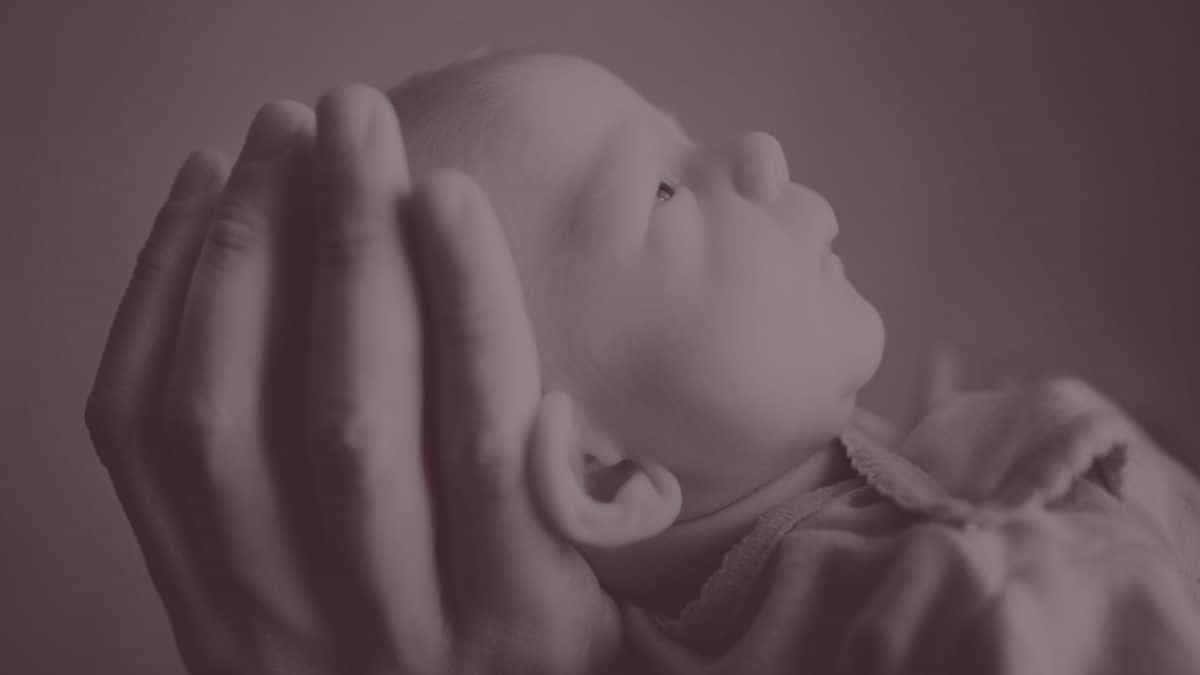According to a recent study by a group of psychologists and data scientists, infants are better than artificial intelligence at determining what motivates other people’s behaviour.
The results show that there are important differences between cognition and computation. They also show where technology needs to improve if AI is to behave more like humans.
Adults, and even infants, can easily infer what motivates other people’s actions. These inferences are difficult for current artificial intelligence to make.
The novel idea of putting infants and AI head-to-head on the same tasks is allowing researchers to better describe infants’ intuitive knowledge about other people and suggest ways of integrating that knowledge into AI,
said senior author Moira Dillon, an assistant professor in New York University’s Department of Psychology.
If AI is to come up with effective, commonsense ways of thinking like adults, machines should use the same basic skills that babies have to figure out their goals and preferences.
Commonsense Psychology Key to Social Intelligence
It’s well known that infants are fascinated by other people, as evidenced by how long they stare at others to observe their actions and socialize with them. For instance, infants as young as five months old can distinguish between laughter shared by friends and laughter shared by strangers.
Furthermore, previous research on infants’ “commonsense psychology” — their understanding of the intentions, goals, preferences, and rationality underlying other people’s actions — has shown that infants can attribute goals to others and expect others to pursue them rationally efficiently. The ability to predict these outcomes is fundamental to human social intelligence.
In contrast, “commonsense AI” which is powered by machine-learning algorithms, predicts actions directly. This is why an ad touting San Francisco as a travel destination appears on your computer screen after reading a news story about a city’s newly signed baseball player.
What AI lacks, however, is flexibility in recognizing the various contexts and situations that guide human behaviour.
Baby Intuitions Benchmark
Researchers did a series of tests with 11-month-old babies and compared their responses to those made by the most advanced learning-driven neural-network models. They did this to get a better idea of how humans and AI are different.
The researchers used the previously developed Baby Intuitions Benchmark (BIB), which consists of six tasks probing commonsense psychology. BIB was created to test both infant and machine intelligence, allowing for performance comparisons between infants and machines and, importantly, providing an empirical foundation for building human-like AI.
Infants on Zoom were shown a series of videos with simple animated shapes moving around the screen, similar to a video game. Through the retrieval of objects on the screen and other movements, the shapes simulated human behaviour and decision-making.
Similarly, the researchers created and trained learning-driven neural network models — AI tools that assist computers in recognizing patterns and simulating human intelligence — and then tested the models’ responses to the same videos.
Intuitive Psychology Predictions
Infants recognize human-like motivations even in simplified actions of animated shapes, according to the findings. Infants predict that these actions are motivated by hidden but consistent goals, such as the on-screen retrieval of the same object regardless of location and the efficient movement of that shape even when the surrounding environment changes.
Infants demonstrate such predictions by looking longer at events that contradict their predictions — a common and decades-old measurement for determining the nature of infants’ knowledge. By using this “surprise paradigm” to study machine intelligence, researchers can make direct comparisons between an algorithm’s quantitative measure of surprise and a well-established human psychological measure of surprise — infants’ looking time.
The models demonstrated no evidence of understanding the motivations underlying such actions, indicating that they lack key foundational principles of commonsense psychology that infants possess.
“A human infant’s foundational knowledge is limited, abstract, and reflects our evolutionary inheritance, yet it can accommodate any context or culture in which that infant might live and learn,”
noted Dillon.
Reference:
- Gala Stojnić, Kanishk Gandhi, Shannon Yasuda, Brenden M. Lake, Moira R. Dillon. Commonsense psychology in human infants and machines. Cognition, Volume 235, 2023, 105406, ISSN 0010-0277
Last Updated on March 8, 2023
